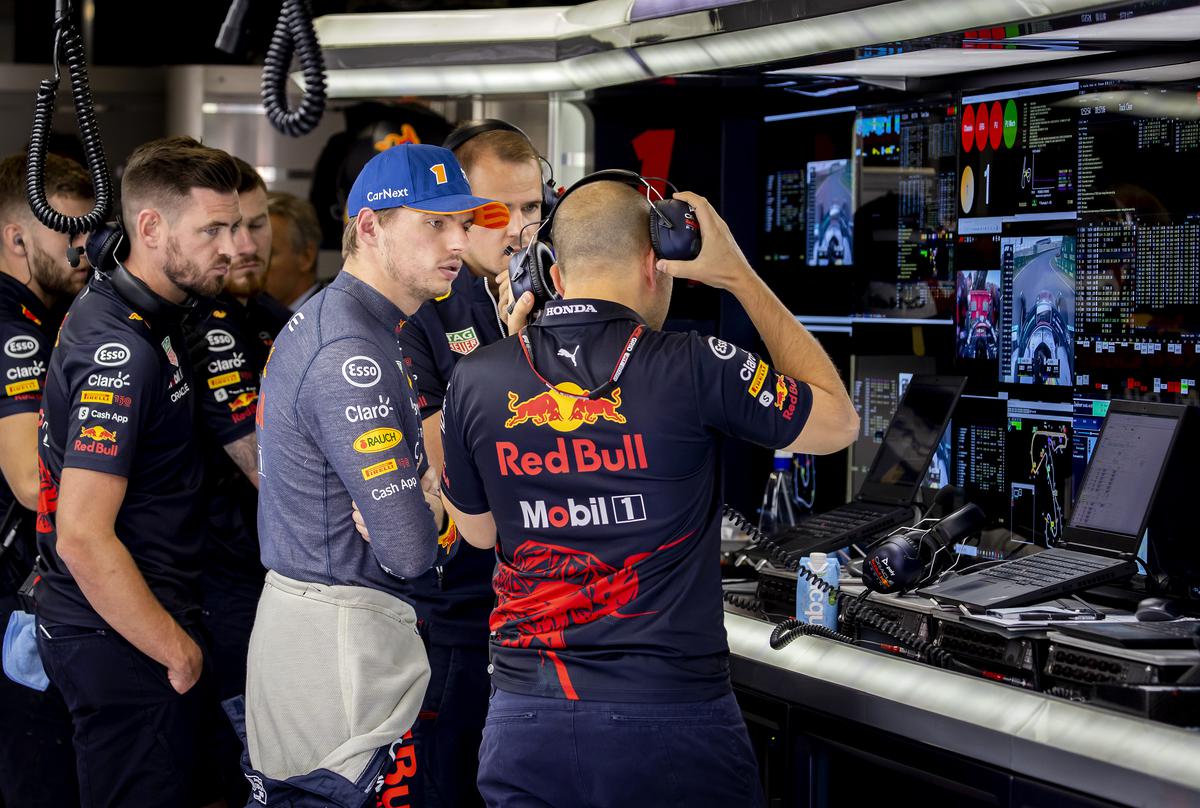
How to make a difference off the track: demystifying the art of race strategy
The Hindu
Strategists in F1 have a lot to do — work closely with tyre engineers, race engineers and drivers, crunch data, run simulations, have a plan for success and a plan for when that plan fails. As we have seen this season, title fights are shaped by high-stakes calls, informed gambles and puzzling blunders
After the first three races this year, Charles Leclerc held a significant lead over title rival Max Verstappen. The Ferrari driver had won two races and finished second in the other whereas Verstappen had retired from two.
Leclerc’s campaign, however, faltered after that because of a combination of factors. Verstappen, on the other hand, is on the verge of sealing his second drivers’ championship.
While reliability issues and his own errors have contributed to Leclerc’s challenge fizzling out, Ferrari’s strategic blunders cost him near certain wins in Monaco, Silverstone and even in Hungary to an extent.
Although Ferrari’s calls in those races baffled fans and experts, it must be stressed that strategic decisions in a Formula One setting are far more complex than just what happens in those 90 minutes on a Sunday.
During the Singapore Grand Prix weekend, The Hindu caught up with two experts in the field of race strategy to demystify the art and learn how teams prepare for various scenarios.
“In its simplest form, strategy is very simple, when you say to yourself, how long is the race and what is the fastest way from A to B, [taking into account] tyre life, degradation, pace between the compounds and pit loss. Theoretically, it is very simple,” says Tom McCullough, performance director at Aston Martin F1 team.





















 Run 3 Space | Play Space Running Game
Run 3 Space | Play Space Running Game Traffic Jam 3D | Online Racing Game
Traffic Jam 3D | Online Racing Game Duck Hunt | Play Old Classic Game
Duck Hunt | Play Old Classic Game











